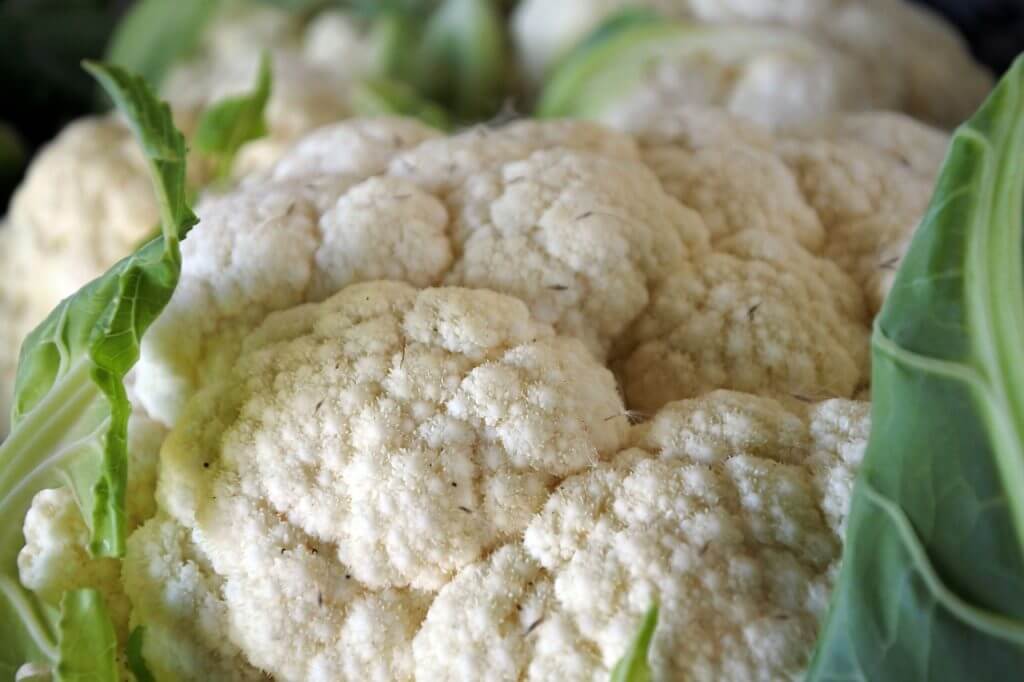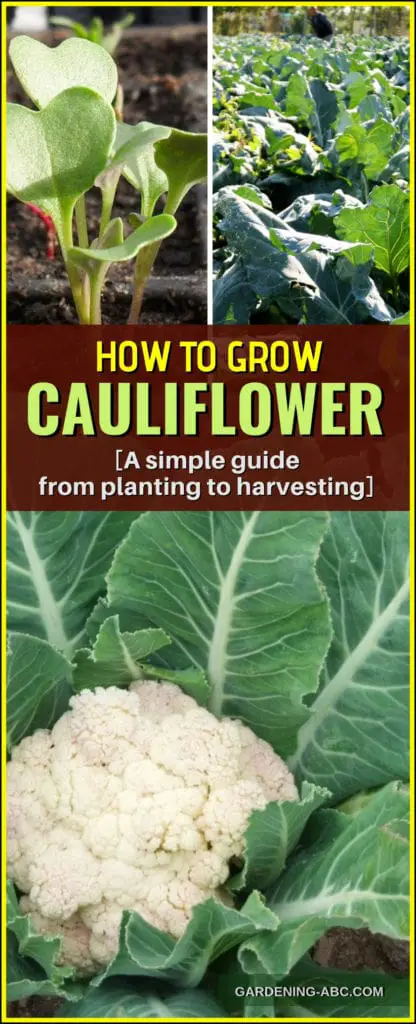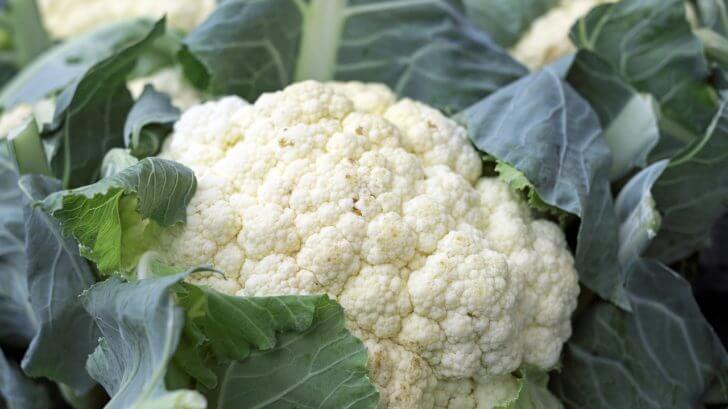We use affiliate links to run our site. When you buy through links on our site, we may earn an affiliate commission, without any added cost to you. Learn more
Cauliflower is a versatile vegetable that can be eaten raw, roasted, or mashed. With its mild flavor and firm texture, it’s no wonder that this veggie is a popular choice for many home cooks. You can surely add this vegetable to your garden.
The problem is, that most people are really not sure about growing cauliflower at home. Some might think it is too difficult for a beginner to try their hands on cauliflower and only an experienced gardener can come up with great results.
But in reality, it’s actually quite easy to grow your own cauliflower at home. With just a little bit of planning and effort, you can enjoy delicious, fresh-picked cauliflower all summer long!
Here in this article, I will discuss how to grow cauliflowers. By the end of this guide, you’ll know exactly how to grow cauliflower at home – and you’ll never have to buy it from the grocery store again!
How To Grow Cauliflower At Home
If you’re looking to harvest healthy heads of cauliflower, you’ll need to start with ideal soil.
Cauliflowers prefer loose and well-draining soil that can able to retain moisture. A pH of 6.5 to 7 is best for growing cauliflower.
Just like Cabbage, Cauliflower also flourishes in nitrogen and potassium-rich soil. A little bit of organic matter from time to time will definitely help the plant.
Make the soil loose up to a depth of 15 inches by using a tiller and mix a 2.5-inch layer of compost with it.
How To Plant Cauliflowers:
There are two ways to grow a cauliflower plant.
- By planting cauliflower seeds
- By planting cauliflower seedlings.
Planting Cauliflower Seeds:
Though primarily cauliflower plant is a cool-weather crop, they are very sensitive to extreme temperatures. So it is sensible to start with a transplant.
If you want to start growing cauliflower with the seeds, the best option would be to first prepare the seedlings indoors and then transplant them in the garden.
Growing seedlings from seeds is pretty easy and we discussed this in detail in this post, but in short, to prepare the seedlings, plant the cauliflower seeds indoors in a growing medium like coir.
After a while, the seeds will germinate. Wait till the seedlings grow 4-5 leaves (usually takes 4-5 weeks) before you transplant them in the garden.
Using the paper pot helps to prevent root disturbance while transplanting. You can also go for biodegradable pots for the best results.
Another thing you must do before planting the cauliflower seedlings in the garden is to harden them off. Hardening simply means gradually adjusting the seedlings from a controlled indoor environment to outside conditions. Keep them outside for a few hours every day before moving them permanently.
Planting Cauliflower Seedlings:
If you want to quicken the process of growing cauliflowers at home you can directly buy cauliflower seedlings from your local gardening store or online and plant them directly in the garden.
The best time to plant the cauliflower seedlings outside is two weeks before your last frost date. Plant the seedlings 20 inches apart.
If you don’t want to prepare or buy cauliflower seedlings and want to sow the seeds directly in the ground, plant them ½ inch deep in the soil. Keep a gap of 2 ft between 2 seeds and a gap of 3 ft between two rows.
Like most vegetables, it also requires a minimum of 6 hours of direct sunlight every day.
Different Growth Stages of A Cauliflower Plant
How To Water Your Cauliflower Plant:

First thing first, make sure your soil has enough moisture. Don’t wait for the soil to dry out completely before giving water. This will cause the head to open up and become unpalatable. Whereas constant moisture would make a large, but tender head.
A thick layer of mulch will also help to keep the moisture intact for a longer period of time.
Once the head (also called “curd”) becomes the size of an egg, cover it (also called blanching) and protect it from direct sunlight.
This is important because it will make your cauliflower milky white in appearance. Missing this step can cause brown or yellow heads, which may not taste so bad, but definitely less aesthetic visually (don’t cover the heads in case you are using colorful varieties of cauliflower or it is of the self-blanching type).
How To Cover Cauliflower Head:
While covering use the plant’s own leaves, and tie them up using a rubber band or plastic tape. Don’t forget to leave some space for air circulation and future growth.
Make sure the leaves, you are using for covering the head, are not wet. Otherwise, it can cause rotting. It is better to cover the head in the afternoon when the plants are usually dry. From time to time, unwrap the covering to check on the growth of the head and any possible pest attack.
When To Harvest Cauliflowers:

The cauliflower is a member of the cabbage family and is grown for its edible white inflorescence or the cauliflower head.
A cauliflower plant matures within 50 to 60 days. and the best time to harvest cauliflowers is when the inflorescence is fully developed but still compact with tightly closed florets. If the florets begin to open and the plant starts to yellow, it is past its prime and the quality will have declined.
Though it depends on the variety, generally a mature cauliflower head ranges from 6 to 10 inches in diameter. Once you find your desired size, cut them with a sharp knife below the head with some leaves to protect the head.
Though it is best to eat right after the harvest, you can also store them well. Cover it with perforated plastic bags and put them in the refrigerator.
Conclusion:
Cauliflower is a great addition to any home garden. With its many health benefits and ease of growth, it is the perfect vegetable to add to your garden. By following the tips in this article, you can have success in growing this delicious vegetable right in your own backyard.
So what are you waiting for? Get started today and enjoy the fruits of your labor come harvest time.
I hope this post was helpful to you. If you like the information feel free to share it with others too.
Don’t Forget to PIN IT!!!

Amazon and the Amazon logo are trademarks of Amazon.com, Inc, or its affiliates.
